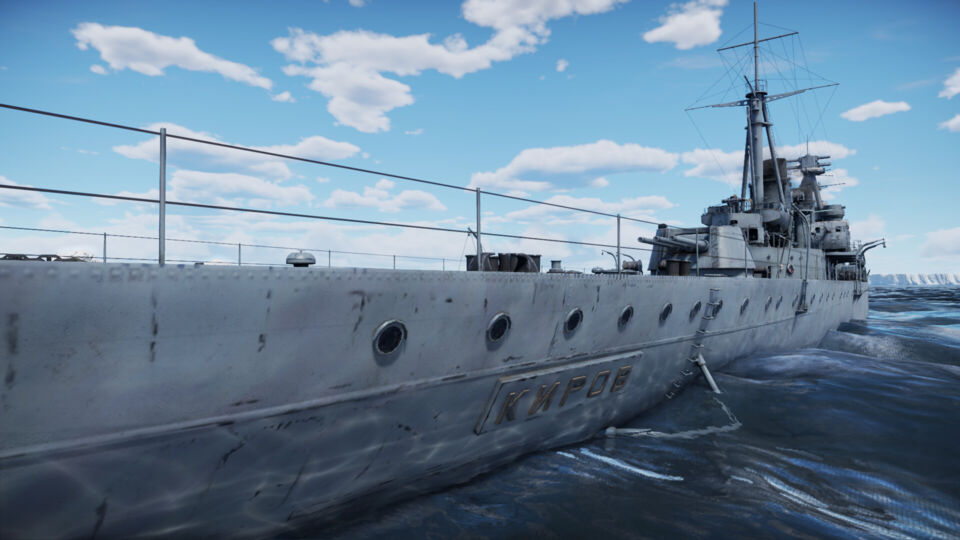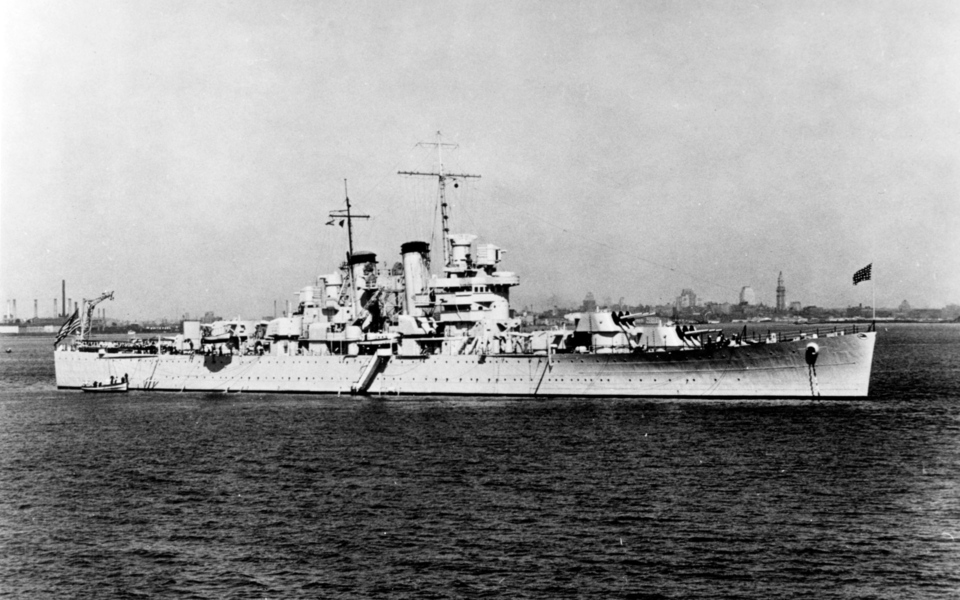#light_cruisers
HMS Belfast is probably one of the most famous warships of the Royal Navy. She was the first ship of the Edinburgh sub-class of the Town-class cruisers. HMS Belfast has a rich military history — launched on St. Patrick’s Day in 1938, she served during the Second World War, fought in the Korean War, and was later preserved as a museum ship, now permanently moored in London, where visitors can still explore her today. As was typical for late-WWII British ships, HMS Belfast features strong anti-aircraft armament, an excellent rapid-firing main battery, and solid protection for her machinery and magazines. However, she has relatively low crew survivability, a weak secondary battery, and lacks armor-piercing shells for her main guns.
When the Soviet Navy needed to replace their aging Svetlana-class and Admiral Nakhimov-class cruisers, they recognized a lack of expertise and infrastructure to construct large cruisers independently. As a result, they sought foreign assistance to design and build a new light cruiser. This new vessel would later serve as an influential model for Soviet shipbuilders to develop more advanced cruisers in the future.
The Battle of the River Plate was the earliest major naval battle of the Second World War. It saw the sinking of German pocket battleship Admiral Graf Spee and is often touted as an early success for the Royal Navy, though the actual facts of the battle somewhat muddle that case. The story of this famous battle actually starts a few months before the day it took place on December 13, 1939.
The Brooklyn-class light cruisers, built in the early 1930s, were the first American cruisers built to the specifications of the London Naval Treaty. They were designed to counter the Japanese Mogami class and featured a similar armament of fifteen 6-inch guns. Helena was completed to an altered design featuring improved machinery protection and greatly improved anti-aircraft armaments. She was torpedoed during the attack on Pearl Harbor, repaired, and returned to service. She saw extensive action and managed to damage or sink several Japanese ships during the Battles of Guadalcanal, but was sunk during the Solomons campaign when she was torpedoed by Japanese destroyers.



